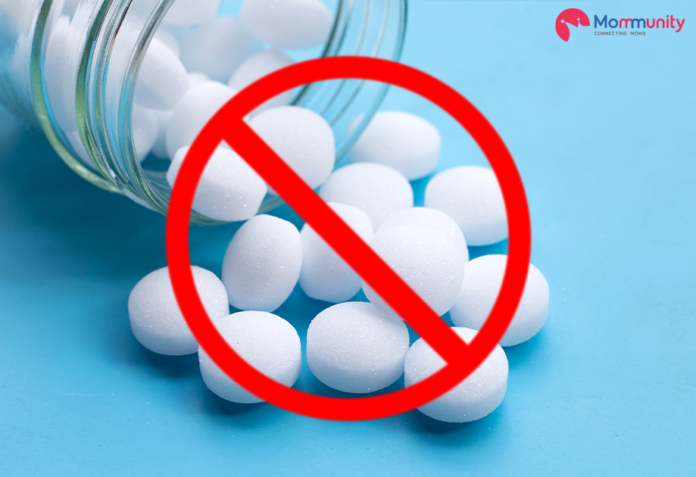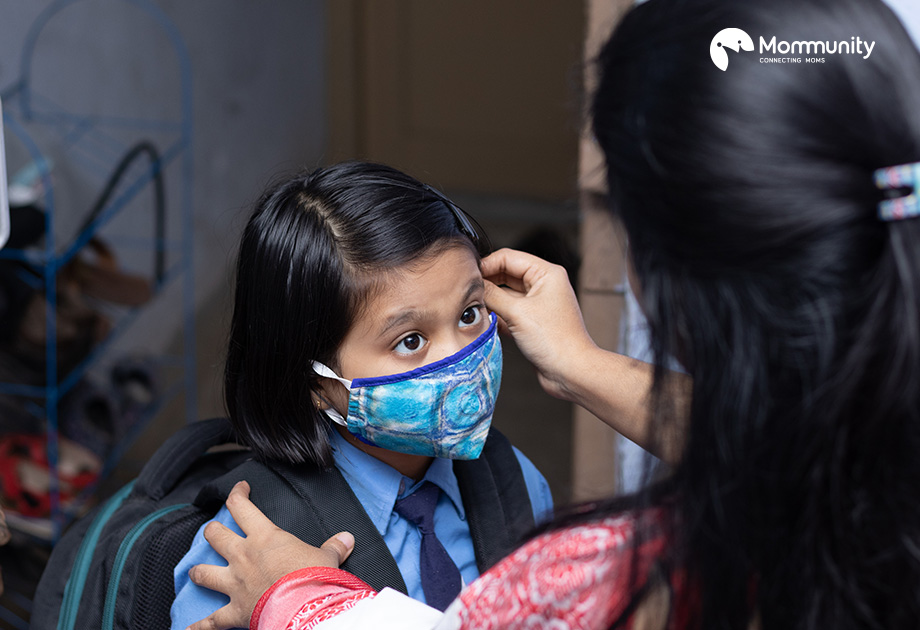As a parent, the mere thought of your child accidentally ingesting naphthalene or mothballs can be a devastating nightmare. Since prevention is always the best approach, it’s vital to be aware of what to do when faced with an emergency. Our comprehensive guide offers detailed and practical steps to help you stay prepared for any unexpected situation. By following our guidelines, you can ensure that you have the necessary knowledge and tools to respond quickly and effectively in case of an emergency.
Comprehending the Danger: Naphthalene and Mothballs 101
- What Are Naphthalene and Mothballs?
Naphthalene is a highly crystalline, organic compound that appears as a white, solid substance. It is commonly found in mothballs, the small, round balls that emit a pungent aroma widely used to protect our clothes from moth larvae.
These balls slowly release Naphthalene into the surrounding air, which acts as a repellent against the destructive larvae. It’s incredible how such a simple-looking compound can play a significant role in keeping our clothes safe and protected from damage.
- Why Are They Harmful?
Naphthalene, a common ingredient in mothballs, can have serious health consequences if ingested. One of the most severe effects is hemolytic anemia, which occurs when the red blood cells in the body are destroyed. This can lead to fatigue, weakness, and shortness of breath.
It is vital to keep mothballs out of reach of children, as ingestion can cause a range of health issues, including nausea, vomiting, and even seizures. If someone has ingested mothballs, seek immediate medical attention.
Identifying the Signs: How to Recognize Ingestion
- Common Symptoms
- Vomiting
- Abdominal pain
- Difficulty breathing
- Blue lips or nails
- Lethargy
- When to Seek Immediate Medical Attention
In case your child experiences intense symptoms such as seizures, complete loss of consciousness, or struggles in breathing, it is crucial that you take immediate action and call emergency services without any delay.
First Aid Measures: Your Quick Response Plan
- Stay Calm
Inhale deeply and exhale slowly, allowing your lungs to fill with air and then release it gently. Your child is relying on you to remain calm and composed in this situation.
- Call for Help
It is highly recommended to immediately call emergency services, such as 108 in India while evaluating your child’s medical condition. Quick and efficient medical assistance can be crucial in critical situations and can make all the difference in saving your child’s life.
Therefore, do not hesitate to dial emergency services right away whenever you suspect your child is in urgent need of medical attention.
- Do NOT Induce Vomiting
It’s important to note that the idea of inducing vomiting as a means of treating certain medical conditions or poisoning is not only ineffective but can also lead to more harm than good. It’s advisable to seek professional medical advice before taking any such action.
- Remove Remaining Mothballs
To prevent any potential harm, it is recommended to dispose of any remaining mothballs safely. This will ensure that there is no further exposure to the chemicals contained within the mothballs, which can be harmful if ingested or inhaled. It is important to handle them with care and follow the proper disposal guidelines to minimize any risk to yourself or the environment.
Contacting Poison Control: An Essential Step
- Find the Local Poison Control Hotline
If you find yourself in a situation involving poisoning in India, it’s essential to seek help immediately. You can contact the National Poisons Information Centre at 011-26593677 or 26589391 for expert guidance and assistance. It’s always better to be safe than sorry, so don’t hesitate to reach out in case of an emergency.
- Provide Essential Information
In case of an emergency related to your child ingesting a harmful substance, it is important to be prepared to provide certain information to medical professionals. Please keep in mind that you may be asked about your child’s age, weight, and the specific substance that was ingested. Having this information readily available can help medical professionals to provide prompt and effective treatment to your child.
- Follow Their Guidance
In case of poison ingestion, it is crucial to seek help from poison control experts as soon as possible. These professionals are well-equipped to offer prompt and accurate guidance to help mitigate the situation. It is essential to follow their recommendations diligently and heed their advice carefully to ensure the best possible outcome.
Emergency Room Visit: What to Expect
- Inform the Medical Staff
It is crucial to provide a clear and detailed explanation of the situation to the staff in the emergency room. This will ensure that they have all the necessary information to provide the best possible care for the patient. Being concise and accurate in your communication will help the staff quickly assess the situation and take appropriate action.
- Diagnostic Tests
When someone is exposed to naphthalene, a type of chemical found in mothballs and other products, a blood test may be performed to determine the extent of their exposure. This test can help doctors evaluate the severity of the exposure and determine what steps, if any, should be taken to treat any symptoms or health issues that may have arisen as a result.
- Treatment Plan
In order to manage the symptoms effectively, the treatment plan may include a range of supportive measures. These could consist of administering intravenous fluids to replenish lost fluids in the body, providing oxygen therapy to assist with breathing difficulties, or other interventions tailored to the severity of the symptoms.
Preventing Future Incidents: Childproofing Your Home
- Store Chemicals Safely
It is essential to ensure that mothballs and other potentially harmful substances are stored in a safe and secure location that is out of reach of children and pets.
It is recommended to keep these substances in locked cabinets or high shelves to prevent accidental ingestion or exposure. Taking these precautions can help protect the safety and well-being of everyone in your household.
- Educate Your Child
It is vital for parents to educate their children about the potential risks and hazards of consuming substances that are unfamiliar to them. It is recommended that parents use language that is appropriate for their child’s age and level of understanding when discussing this topic. By providing this type of education, parents can help their children stay safe and avoid dangerous situations.
- Regularly Check for Hazards
As part of your safety measures, it’s essential to regularly inspect and verify that all substances that could pose a risk to health or safety are being stored in a secure manner. This includes checking for any potential leaks, spills, or other hazards that could result in harm to people or the environment. By conducting routine checks, you can help ensure that your workplace or living space remains a safe and healthy environment for everyone.
The Emotional Rollercoaster: Coping as a Parent
- Seek Support
When dealing with challenging parenting situations, remember you’re not alone. Reach out to friends, family, or support groups for help and support.
- Monitor Your Child’s Emotional Well-being
After the incident, monitor your child’s emotional state closely and seek professional help if necessary.
- Reflect and Learn
Take advantage of the experience to improve childproofing measures and gain a deeper understanding of potential risks.
To conclude, as a parent, you may face challenging situations that require you to be both resilient and resourceful. One such scenario is when your child ingests naphthalene or mothballs. However, armed with knowledge of the associated risks, familiar with the symptoms of ingestion, and with prompt action, you can successfully navigate through this distressing situation.
Your calm and collected response can make all the difference. By staying vigilant and prepared, you can create a safe environment for your child and be confident that you are on the right path toward responsible parenting.
Remember, parenthood is an ongoing journey, and being equipped to handle the unexpected is an essential aspect of it. So, let’s raise a toast to safe and healthy adventures in parenting!




